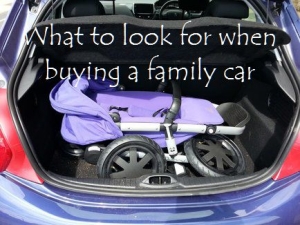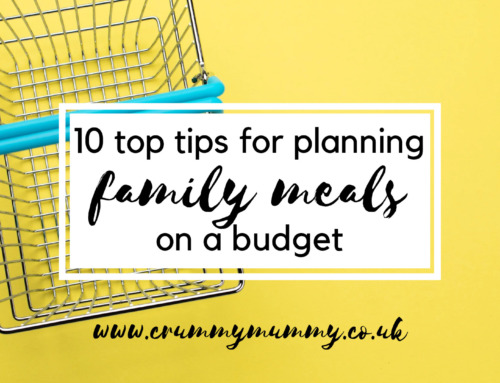 Did you suddenly start looking at things in a different light when you became a parent? I remember things that previously seemed harmless suddenly becoming Extremely Hazardous. The flex on my bedside table lamp. The corner of tables. My car.
Did you suddenly start looking at things in a different light when you became a parent? I remember things that previously seemed harmless suddenly becoming Extremely Hazardous. The flex on my bedside table lamp. The corner of tables. My car.
Mainly my car.
I bought it at 39 weeks pregnant: a 10-year-old Renault Clio from eBay because I was terrified of going from being a fully-functioning member of society with a full-time job to a sleep-deprived nut job with no-one but a baby to talk to all day and I wanted to be able to ‘get out’.
I remember going to collect it and Misery Guts kicked the tyres and puffed his cheeks in a (vain) attempt to appear that he knew what he was talking about. I was mightily pleased after watching the car all week on eBay and placing the winning bid, and went straight to the car wash so it looked all shiny and new.
It wasn’t until BB was born a few weeks later and cocooned in her car seat that I actually gave the safety of the car much thought. When had it last been serviced? Why was there an orange light flashing on and off on the dashboard?
I took it to our local garage and it turned out the tyres were completely bald – so bald you could see patches of stitching through the rubber. All four were illegal. (Did you know that lack of tyre safety contributes to more than 1,200 road accidents a year and driving with defective tyres can result in a £2,500 fine and three points on your licence?)
Goodness knows why I didn’t think to look at them more closely before buying it – I blame the pregnancy hormones.
So, when I was contacted to see if I’d run a post featuring tips and advice on buying a second-hand car I thought it would be a jolly good idea if it stops just one person from doing what I did.
If you’re selling your old car, here’s what to look for when buying a family car:
1. Make sure that the car starts properly and don’t take a test drive in a car that is already warmed up. Turn the engine off, let it rest and then start it up. Leaving a car idling can hide problems.
2. Confirm that the car’s Vehicle Identification Number, or VIN, has not been tampered with. Although unlikely, it can mean you will want to steer clear. A VIN can be found on a metal strip at the base of the windscreen, or is sometimes under the bonnet or beneath the car’s internal carpet. The VIN should match the one in the log book.
3. If the car is a convertible, then ensure that the roof can be taken down smoothly and that when it goes back up that it locks fully into place.
4. Look for uneven gaps between bodywork panels. If a car has been involved in a crash, then these can often be out of shape even if they have been reworked.
5. Look for areas of paintwork repair. Pay careful attention to any parts of the car which have got a bubbly effect in the paint. This could mean that rust has become an issue which will have a bearing on the car’s valuation.
6. Confirm the car’s tyres, including the spare wheel, with a tread depth gauge. Be prepared to negotiate on price for part-worn tyres, and you can buy cheap tyres to replace old ones online from Point S.
7. Look at the mileage on the car’s odometer when you get inside. Located in the speedometer, it should be consistent with the car’s sale documentation and not throw up any surprises.
8. Test everything is in working order, including all electric functions like lights, the sunroof motor, adjustable seats and the air con. Even pay attention to the fuel-filler release mechanism and how the bonnet release operates.
I didn’t do any of these things and paid for it afterwards. I sold the car a few years later for almost what I paid for it, but not before spending rather a lot putting it right.
Which, I can hear you say, served me right…


























Leave A Comment